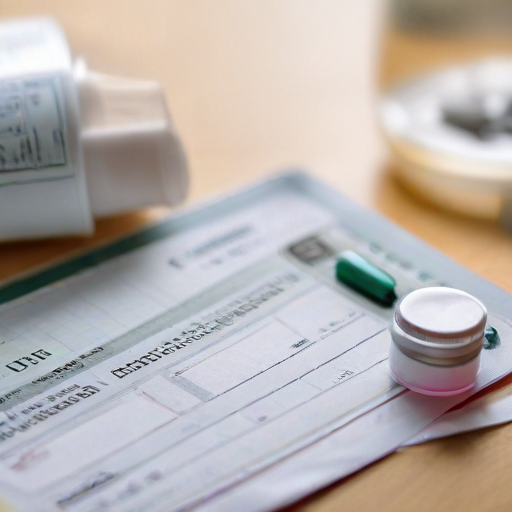A recent study published in the Annals of Internal Medicine reveals a notable shift in the prescription patterns of GLP-1 medications, showing an increasing number of non-diabetic patients being prescribed these drugs, while prescriptions for those with diabetes are on the decline. This change raises concerns about the potential shortage of these vital treatments.
GLP-1 drugs, initially approved for aiding type 2 diabetes management, function by mimicking a hormone that regulates blood sugar levels and suppresses appetite. The approval of Wegovy for weight loss use in 2021 has contributed to rising demand for these medications, prompting pharmaceutical companies like Novo Nordisk and Eli Lilly to struggle with supply.
The research, which analyzed the medical records of approximately 45 million Americans from 2011 to 2023, indicated that the proportion of new GLP-1 users with type 2 diabetes decreased from nearly 90% to over 70% between 2019 and 2023. Conversely, the percentage of new users without diabetes rose dramatically from 10% to 25%.
Yee Hui Yeo, a co-first author of the study, noted that this trend suggests healthcare providers are increasingly recognizing the benefits of GLP-1 medications in treating obesity, marking a significant public health evolution. However, this increase in non-diabetic prescriptions raises valid concerns about maintaining access for diabetic patients who require these treatments.
Data for the study was sourced from TriNetX, but researchers caution that it may not accurately represent national trends. GLP-1 drugs are highly sought after for their ability to help users lose up to 26% of their body weight, leading to a boom in sales for Eli Lilly and Novo Nordisk and establishing them as leading pharmaceutical companies globally.
With forecasts from Morgan Stanley projecting the global market for GLP-1 drugs could soar to $105 billion by 2030, and estimates suggesting approximately 31.5 million Americans—or 9% of the population—may be using these drugs by 2035, the pharmaceutical industry is under significant pressure to enhance production to meet skyrocketing demand.
In summary, while the surge in GLP-1 prescriptions for weight loss reflects a growing recognition of the medications’ broader applications, the potential disruption in availability for diabetic patients poses critical challenges that must be addressed to ensure all those in need can access necessary treatments. This situation brings to light the importance of balancing innovative healthcare solutions with the availability and accessibility of essential medications for chronic conditions.
